NYC’s first public observatory is running out of time to find a home
May 23, 2022, 5:01 a.m.
The final frontier is just within reach — if city park officials can agree to the plan in time.
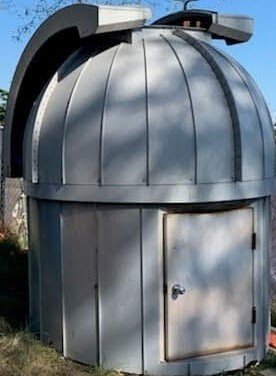
Nassau Community College's former observatory is looking for a new home, and a group of amateur astronomers hopes it could become New York City's first for-the-public observatory.
The Garden City school closed the 12-foot-high, 6-foot-wide observatory at the end of 2019 as it prepared for renovations. The structure, which was used by astronomy students for more than 40 years, is being replaced by a green roof and six open-air telescopes.
Local astronomers and professors are scrambling to move the half-ton galvanized steel observatory off the campus by May 24th and find it a new home.
“I couldn't let it go to the scrap, and I even wanted it if I didn't have a bunch of trees in my yard, I’d plop it in the middle of my yard,” said Dr. Thomas Bruckner, chair of Physical Sciences at the college. “But a lot of people wanted it, it was just a matter of picking it up. It's big and heavy. It doesn't come apart.”
The Amateur Astronomers Association of New York is leading the mission, and after a nearly yearlong journey, it may have settled on a permanent home in the Bronx. The old observatory could see past the Andromeda Galaxy, more than 2.5 million light years from Earth, on a clear, dark night — so a public space offers a unique opportunity for young aspiring astronomers to explore the cosmos.
The final frontier is just within reach — if city park officials can agree to the plan in time.
The thought process
Over nearly 200 years, several stargazers have tried and failed to set up the city's first public observatory, according to the International Planetarium Society. The closest alternatives are at Columbia University and various City University of New York campuses, including one shuttered on top of Ingersoll Hall at Brooklyn College. All of which are prioritized for their students.
The latest quest has likewise felt long, since the Amateur Astronomers Association took on the challenge of moving the Nassau Community College observatory in May 2021. But the association doesn’t want to move the structure to a temporary home only to have to pay for a second move.
Bart Fried, the organization’s executive vice president and a telescope historian, said each move would cost more than $3,000, depending on the distance, because a boom truck is required.
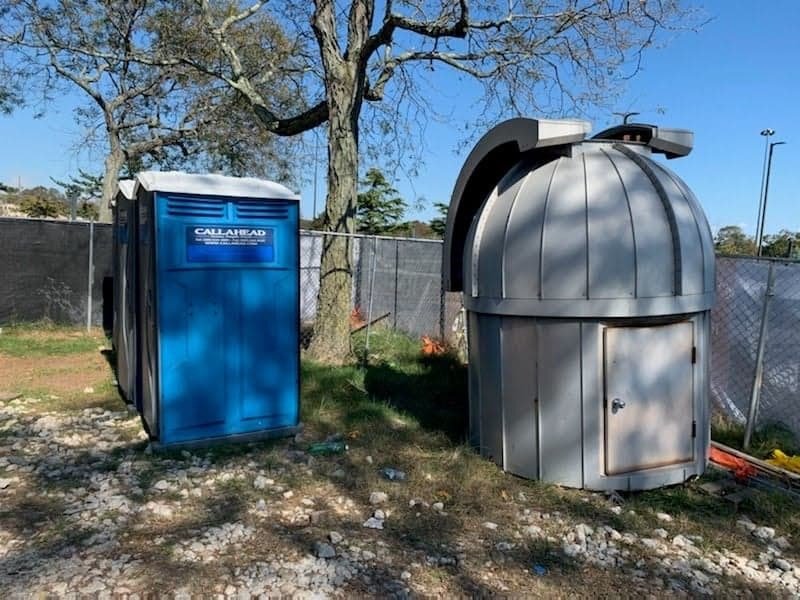
The first location that came to mind, in July 2021 when amateur astronomers began planning, was Floyd Bennett Field in Brooklyn. It’s dark, and the organization has been running the park’s stargazing programs for more than 40 years. But they were turned down after more than three months because of historical preservation issues, according to Fried, and the search continued.
The next site was about seven miles up the Belt Parkway. Shirley Chisholm State Park is built on a Brooklyn landfill and is a treeless stretch of prairie grassland — perfect for stargazing with no obstructions.
There was one hitch. The park closes at 7 p.m., and that doesn’t work for summer when it isn’t fully dark until after that time.
“After Shirley Chisholm [State Park] turned us down, we were feeling pretty defeated at this point,” said Kat Troche, a member of the NASA Solar System Ambassador program involved in relocating the public observatory. “Wow, we can't even give this thing away.”

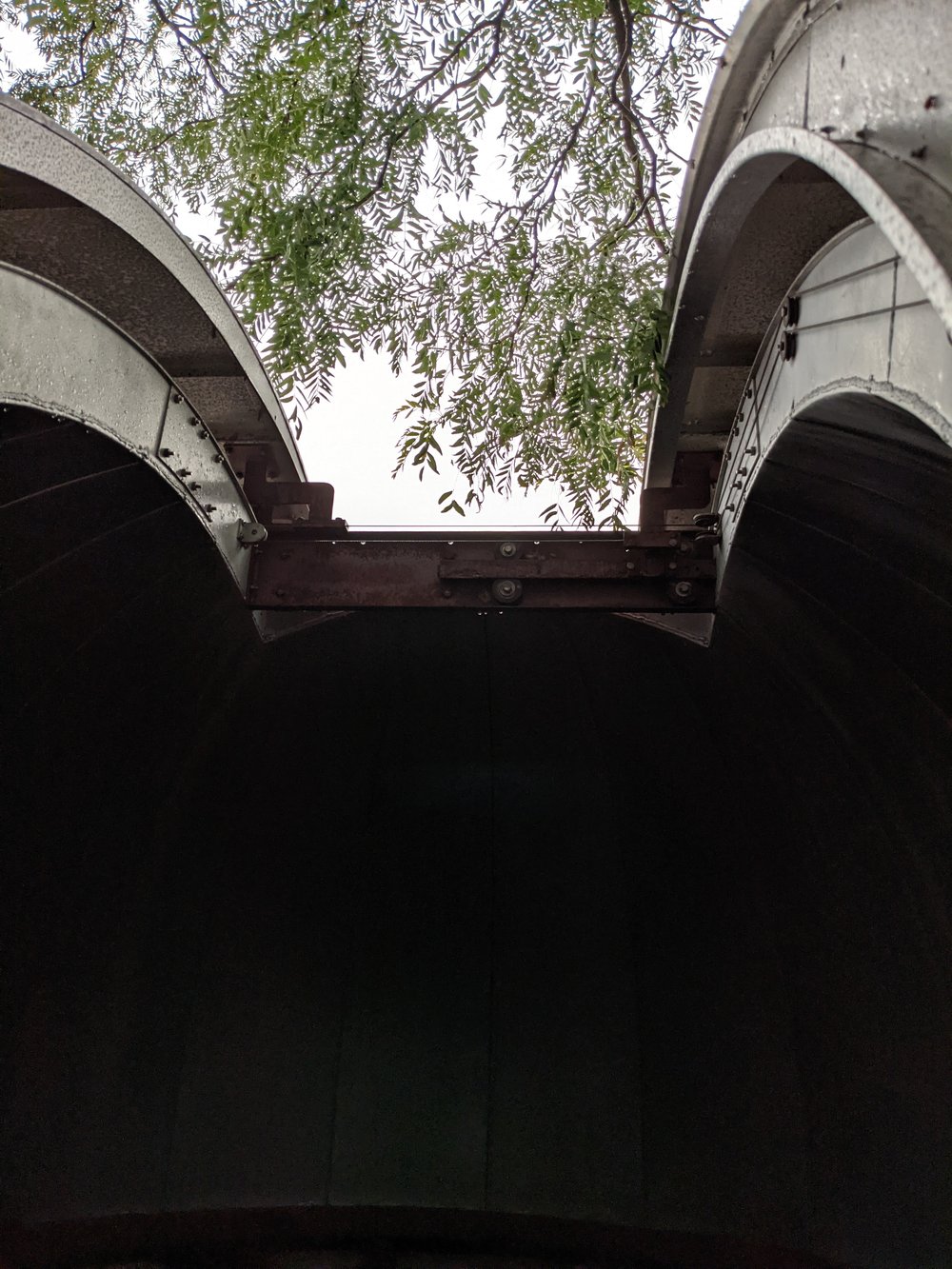
The Amateur Astronomers Association was willing to provide the programming and staffing and pay for installation, upkeep and retrofitting including theft and defacement. According to Fried, the giant structure doesn’t require a foundation, and therefore no concrete work is needed in order to relocate/situate the observatory. Aside from putting metal rods into the ground to hold the observatory down, no digging will be required either. To level the structure, it needs to sit on about 6 inches? of wood decking, which will be hidden by the dome’s skirt. And access to utility lines isn’t necessary because it will be powered by battery packs charged by solar panels.
“This is super important [to have a public observatory in New York City]. One of our events could inspire future astronauts, future cosmologists, and astrophysics,” Troche said. “The stars – it's something to aspire to. We have this natural urge to wander and the cosmos allows us to do that.”
The final frontier?
The observatory still had no solid option for a home until one fall evening in 2021. While hosting a sidewalk astronomy event near The Bronx High School of Science, it dawned on the members of the Amateur Astronomers Association that they were standing in the perfect location.
“We don’t do enough in the Bronx. Why don’t we put the dome up there where the public can use it; and Bronx Science can use it and we can use it?” Fried remembered thinking at the time. “It will be New York City’s very first truly public observatory even though there have been attempts over 150 or 200 years, all of which failed for various reasons, including several attempts in Central Park.”
The location is across Goulden Avenue from The Bronx High School of Science on the grassy banks along the Jerome Park Reservoir. The school also has a planetarium, and a very active astronomy club headed by the school’s physical science teachers Neil Farley and Colin Morrell. School administrators have approved the plan, but it still needs sign off from city officials.
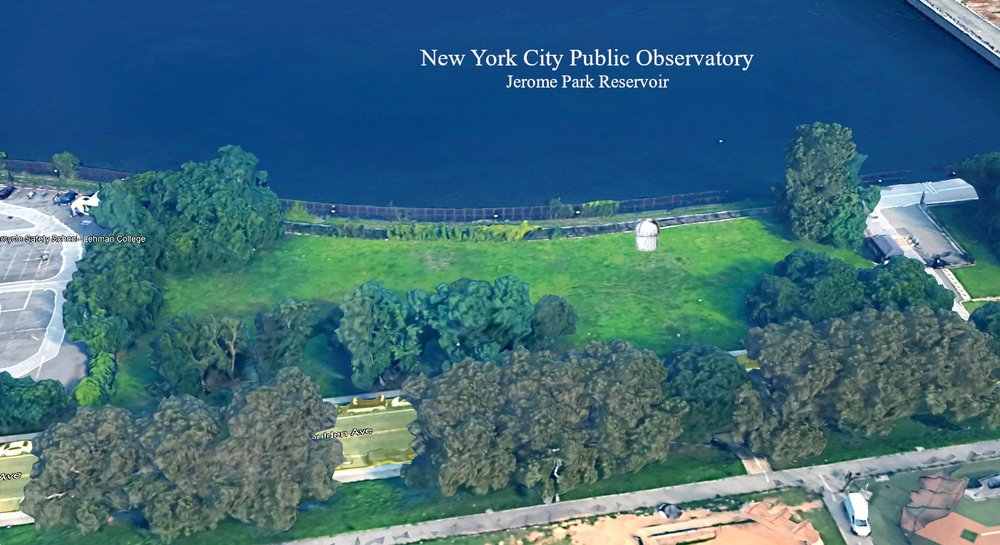
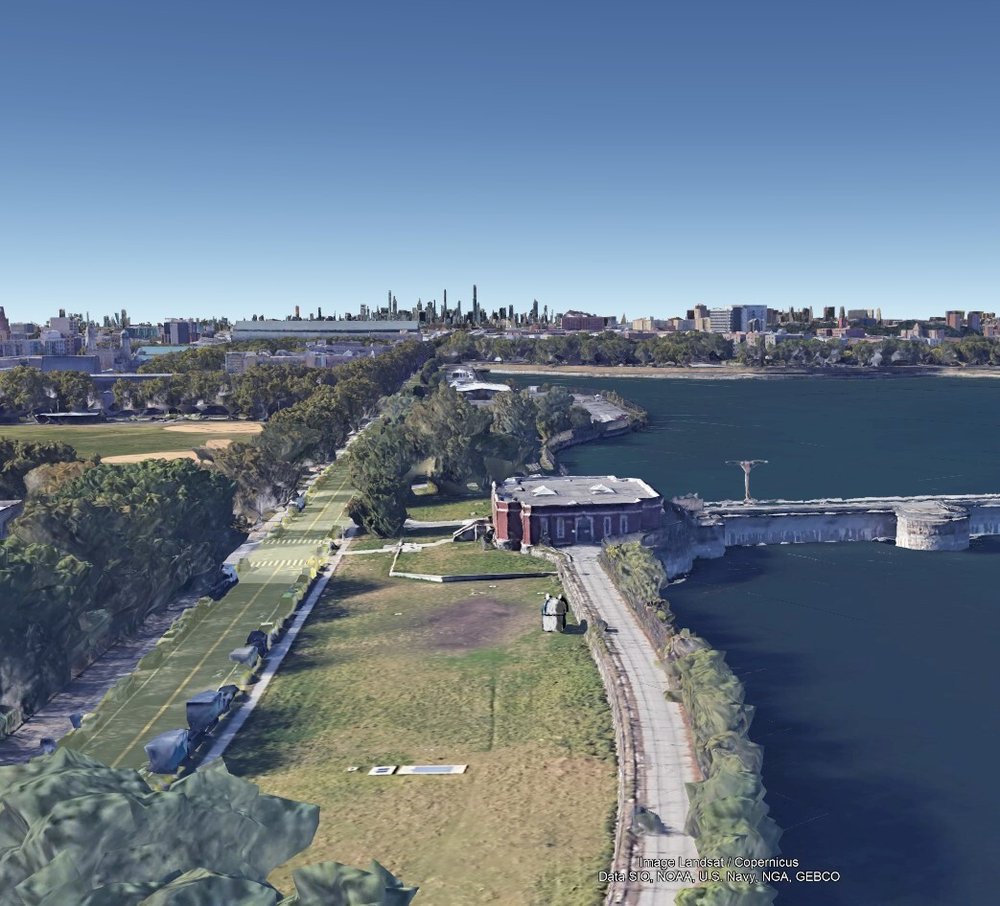
Currently, city park officials are reviewing plans for a resting place in Jerome Park, according to email correspondence shared with Gothamist.
“We are in close contact with the Amateur Astronomers Association on the relocation of the observatory, and are looking into the potential of re-homing it in one of our parks,” wrote Dan Kastanis, a press officer at New York City Parks Department. “No plan has been finalized at this time.”
While the goal is to move the observatory to its new home before Memorial Day, the parks department called their process “not straight-forward” with many logistical, legal and permitting issues that must be worked out first. That includes figuring out accessibility for people with disabilities, graffiti prevention and the installation process.
In the meantime, there’s still a possibility that parks approval won’t come in time for the observatory’s eviction from Nassau Community College on May 24th. If that happens, the Amateur Astronomers Association has a backup plan. It will need to find a way to temporarily move the 360-degree rolling-top dome less than a half-mile away to the Cradle of Aviation Museum in Garden City, New York where it will be cleaned and repainted.
Despite the hassle, the several astronomers involved are determined to make this observatory accessible to anyone curious enough to gaze into the cosmos.
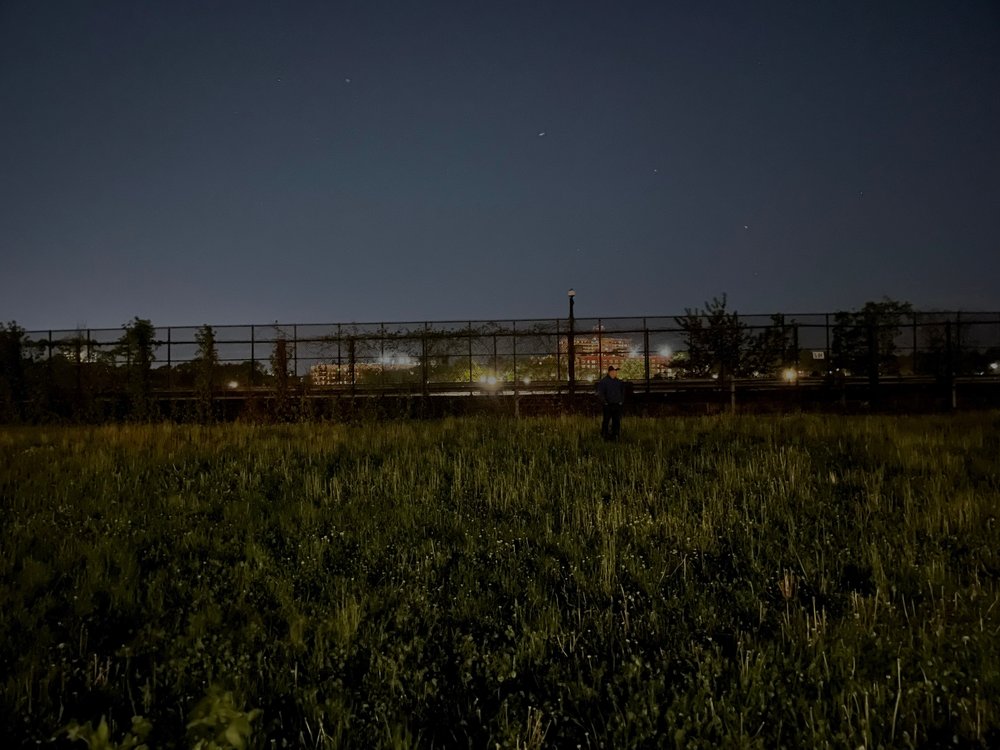
“Of all the sciences, astronomy is the least resolved. We only know what 4% of the matter in our universe, we don't know what the rest is,” Bruckner said. “It's the next generations of the curious that will lead us into discovering what our universe is made out of how and why we came to be.”
If all goes well, the Amateur Astronomers Association plans to celebrate the opening of the New York City Public Observatory this summer in a permanent Bronx home. The festivities would include a first-light party, a tradition that marks the initial viewing through a new telescope.